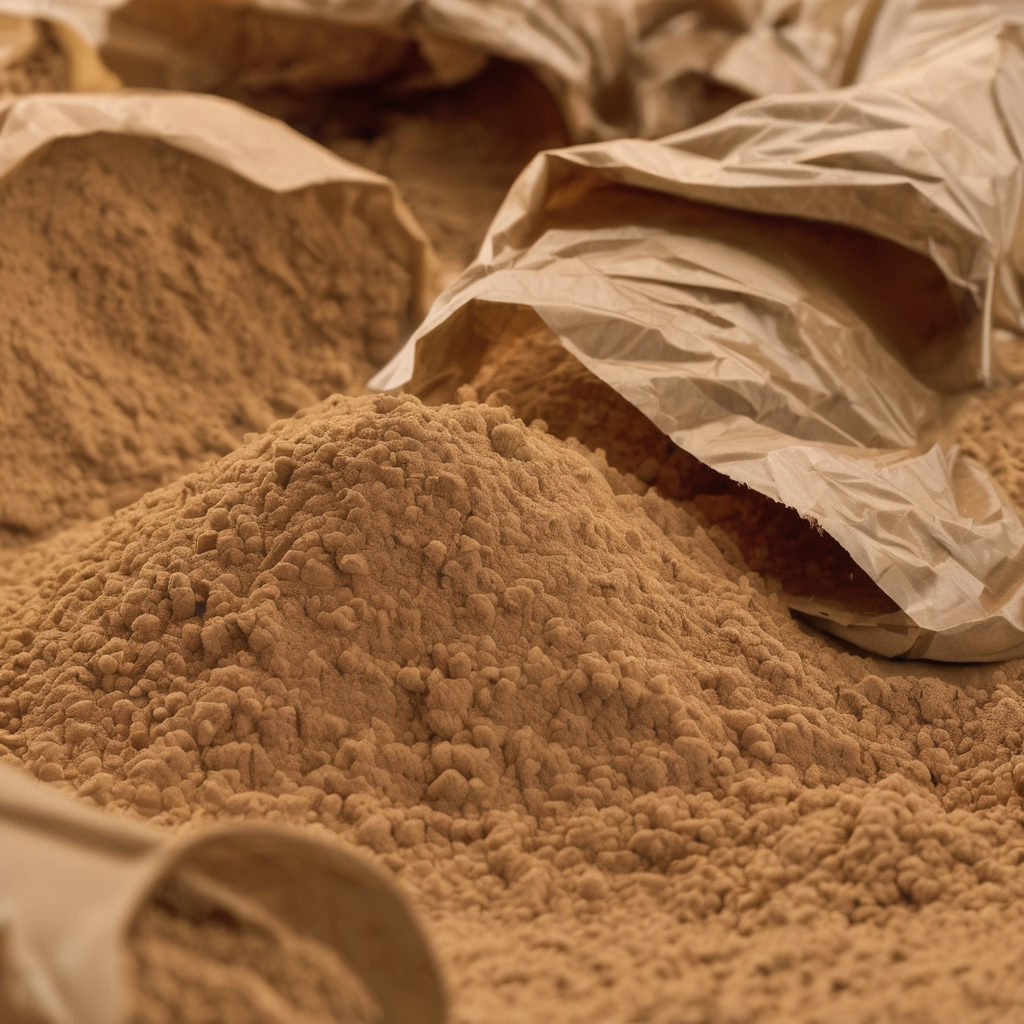Yes, lignosulfonates, including sodium lignosulfonate, are considered biodegradable materials.
The key reasons why lignosulfonates are biodegradable are:
- Organic origin:
- Lignosulfonates are derived from the lignin component of wood pulp, which is a naturally occurring, renewable organic polymer.
- Chemical structure:
- The structure of lignosulfonates contains aromatic rings and functional groups that can be broken down by various microorganisms through biological degradation processes.
- Biodegradation pathways:
- Lignosulfonates can be metabolized by a wide range of microorganisms, including bacteria and fungi, which can utilize the carbon, sulfur, and other elements in the lignosulfonate molecules as nutrient sources.
- Several biodegradation pathways have been identified, involving the cleavage of the aromatic rings and the breakdown of the sulfonate groups.
- Environmental factors:
- The biodegradation rate of lignosulfonates can be influenced by environmental factors such as temperature, pH, oxygen availability, and the presence of other microorganisms in the surrounding environment.
- Comparison to synthetic compounds:
- Lignosulfonates are generally more biodegradable than many synthetic chemical additives, which can be more resistant to microbial degradation.
The biodegradable nature of lignosulfonates is an advantage in various applications, as it makes them a more environmentally friendly option compared to some non-biodegradable alternatives. This property is particularly important in applications where the lignosulfonates may be released into the environment, such as in agricultural, construction, or industrial settings.
However, it is important to note that the rate and extent of biodegradation can vary depending on the specific environmental conditions and the concentration of the lignosulfonate. Proper disposal or containment methods should still be followed to minimize any potential environmental impacts.

